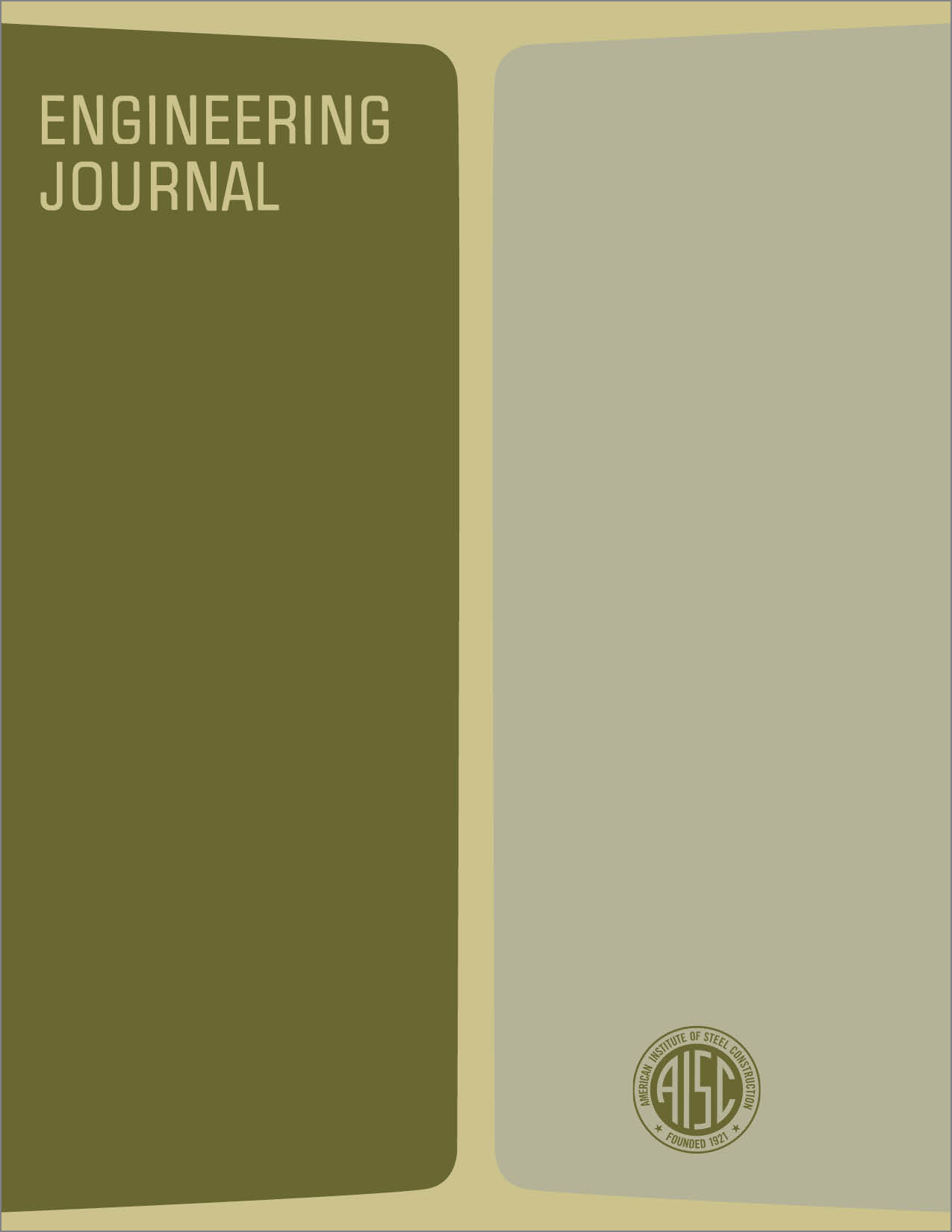Stresses and Displacements in Three-Dimensional Trusses
DOI:
https://doi.org/10.62913/engj.v3i2.50Abstract
A method is already available for the direct solution for stresses and displacements in three dimensional trusses. The method merits consideration by structural designers. No analogies are used. A checkerboard system of trusses is not necessary. Indeterminacy does not add in the least to the difficulty of solution, and in fact does not even have to be known. The end product is maximum stress in each member for any combination of possible loads. Moreover, the method works even better for planar trusses. The principal disadvantage of this method is the larger number of unknowns—three for each joint which can displace. However, this feature is no handicap to the digital computer. It merely highlights the need to use the computer. A fairly sophisticated computer can solve a hundred simultaneous equations in three minutes. A modern structural design office cannot afford not to have access to a computer facility.

